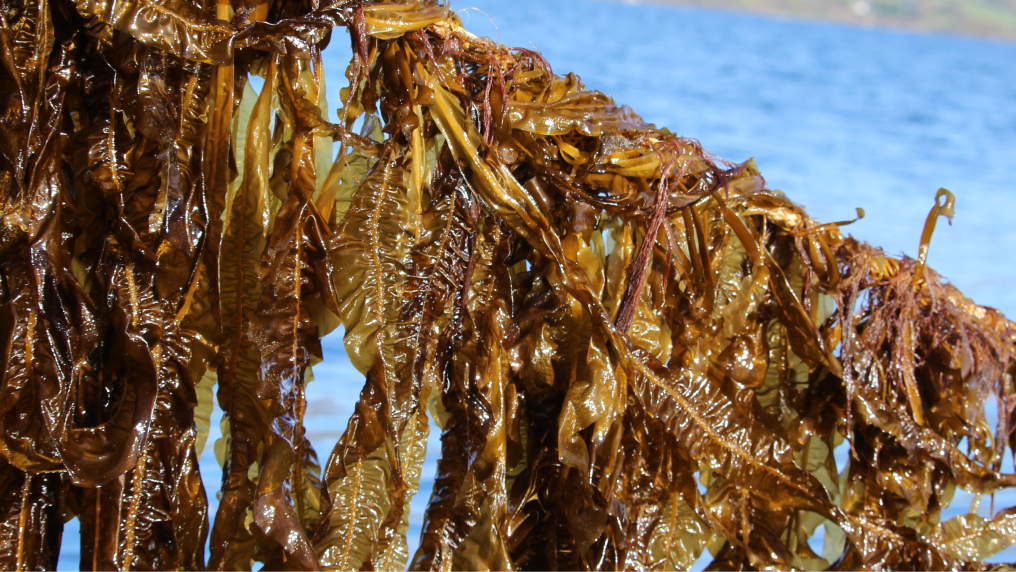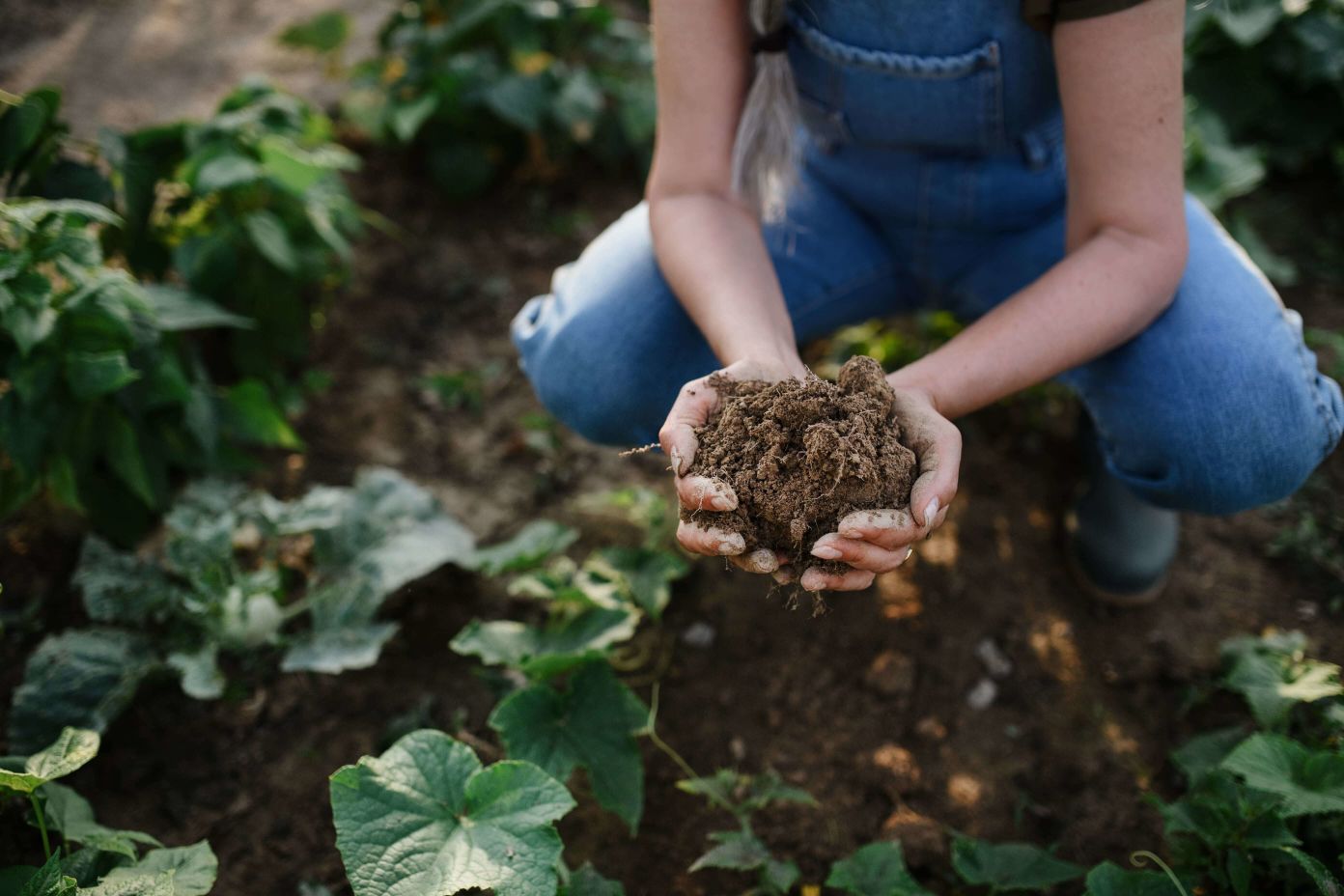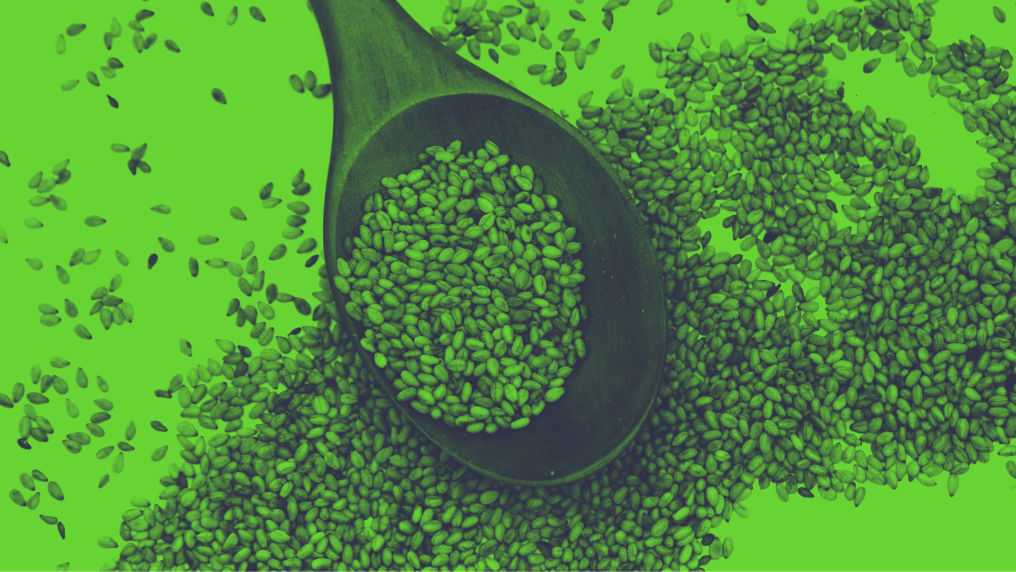The Circular Design for Food Framework is a tool that can help your company achieve business resilience while helping nature thrive.
So, how do you get started? Our 2021 report, The Big Food Redesign, supplies the backdrop to this guidance. Since then, we have been able to bring the framework to life through the experiences of the 57 participants of the Big Food Redesign Challenge. Now, you can benefit from the lessons they learned. Before we get into the details of the opportunities and challenges of the Framework, there are two elements that are essential to grasp.

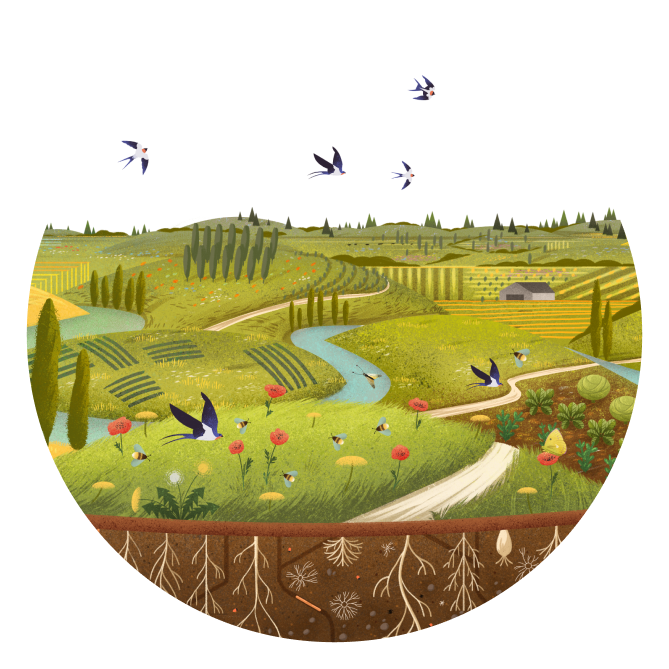
Creating landscape-level change
Your ingredient portfolio is like a microcosm of the food system. The land is your supplier — and is shaped by what you choose to include in your products.
For the food system to tackle climate change and biodiversity loss, landscape-level transformation is required, so that a truly regenerative system is created. This needs people like you to re-think your ingredient choices to take into account their impact on nature, as well as your business.
Currently, portfolios are made up of many food products that are created from only a tiny range of common ingredients. Only four crops (rice, wheat, potatoes, and corn) make up 60% of all global food consumption. This has resulted in landscapes of monocrops where the vital complexity that can support resilience of the food system in the long term has been diminished.
Food businesses can design resilience into the system. By using more diverse ingredient varieties, as well as sourcing lower impact and upcycled ingredients, while employing regenerative farming practices, they can help to rebuild soil health and biodiversity.
It's a significant task of systems thinking, but this journey can start with the single step of re-designing, or creating, one product as a pilot.

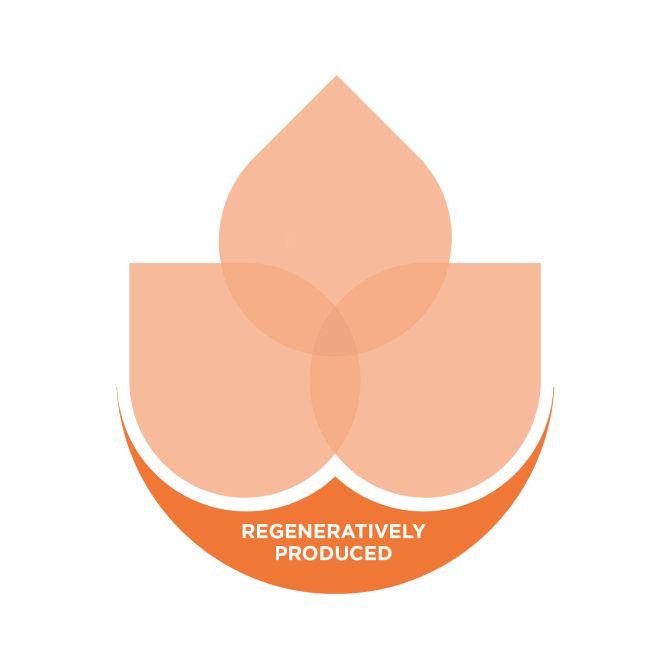
Regenerative production
Ensuring crops, livestock or fish are regeneratively produced is key. This element supports the lotus flower that embodies the Framework for a reason; it’s a core circular economy principle.
Regenerative production systems:
Grow crops or rear livestock or fish in ways that enable outcomes including healthy and stable soils, thriving local biodiversity, and improved air and water quality
Depend on the local context. There is no one-size-fits-all approach. Instead, there are several different schools of thought farmers may draw from to drive regenerative outcomes on their land, including: regenerative agriculture, agroecology, organic, permaculture, agroforestry, and conservation agriculture
Require a shift towards a new dynamic between primary producers and the rest of the value chain, for example to enable data transparency, and to support farmers as they transition to regenerative production
Aren’t just relevant to land-based systems — the concepts extend to aquatic, indoor, and forest systems
Have to be considered in their wider context, for example the emissions associated with the processing and transport of their ingredients
How do you know all this is happening? Start by developing a dialogue with the farmers or fishers who supply your ingredients (or their representatives) to get an understanding of the needs of regenerative systems. Develop an understanding of the methods they use to grow or rear their produce and support them to build diversity into their operations.
Finding answers to these questions will help get you started:
Are your producers measuring their outcomes for nature?
Are they trying to increase the diversity within their production systems?
Are they working to improve their soil health and water management?
These questions are, of course, just the beginning of a dialogue that could improve the resilience of your business and that of your farmer suppliers. There are a variety of ‘unlocks’ that can aid farmers in transitioning the way they produce food – how could your procurement strategy support this process? Read on for more specific ways you can do exactly that.
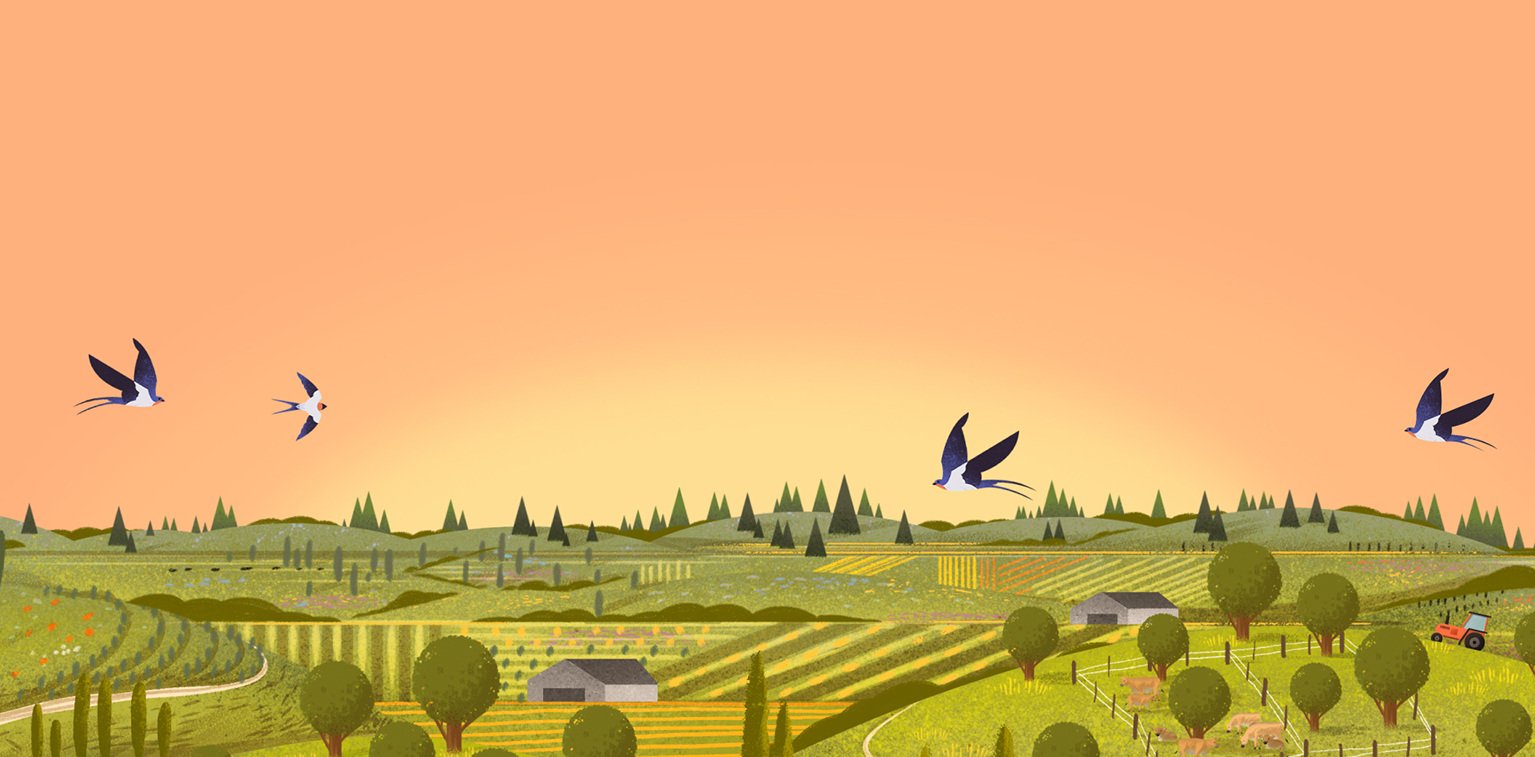
How to make circular design for food work in your business
The following pages provide practical advice for successfully implementing circular design principles into your food business, illustrated through the experiences of our 57 Challenge participants.




